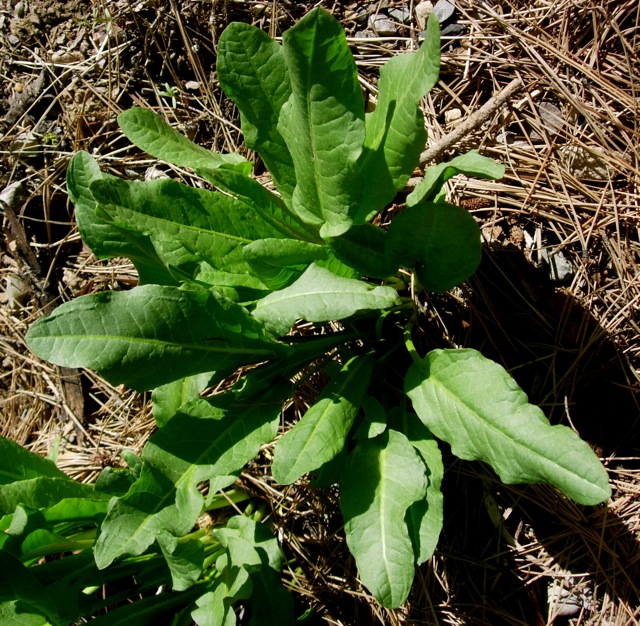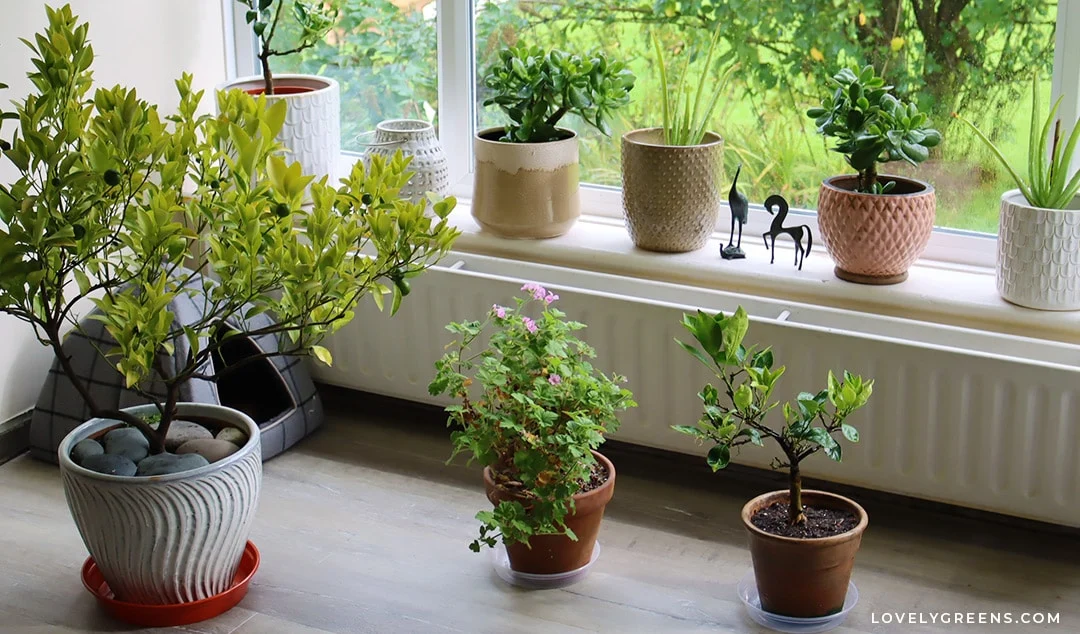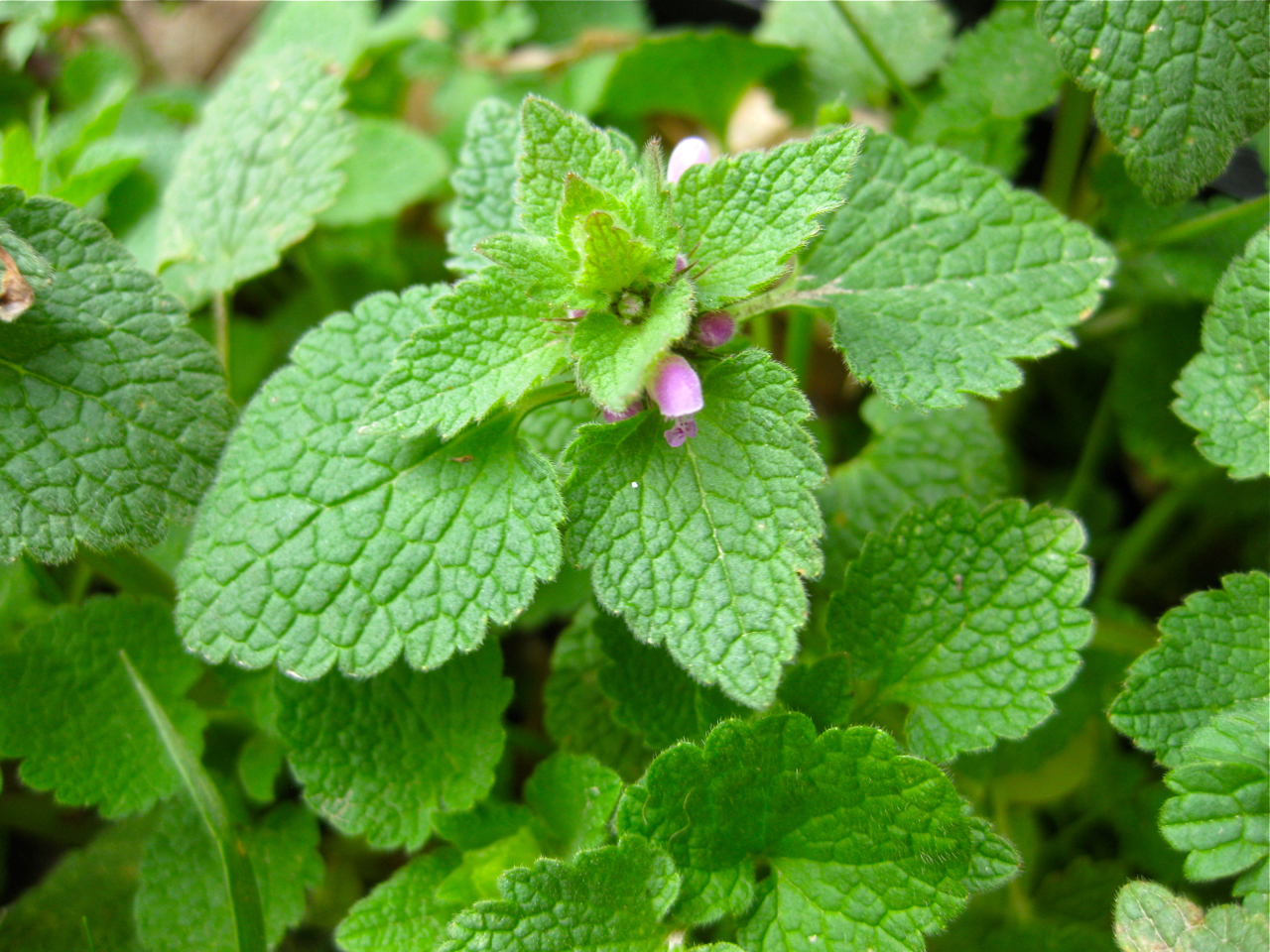Rooftop gardens improve air quality by reducing air pollution and increasing oxygen production. These gardens absorb pollutants such as carbon dioxide and particulate matter while releasing fresh oxygen into the atmosphere.
By incorporating plants and greenery into urban spaces, rooftop gardens provide a natural and sustainable solution to combatting air pollution. The plants in these gardens act as natural filters, trapping and eliminating harmful pollutants from the air. This process not only enhances the aesthetic appeal of rooftops but also contributes to a healthier and cleaner environment.
Additionally, rooftop gardens can help reduce the urban heat island effect, mitigate stormwater runoff, and provide numerous mental and physical health benefits to residents. We will delve deeper into the ways rooftop gardens improve air quality and their overall positive impact on urban environments.

Credit: twitter.com
Mechanisms Behind Air Quality Improvement
Understanding the Mechanisms Behind Air Quality Improvement can shed light on how rooftop gardens contribute to cleaner air. Plants’ Role in Air Filtration and Reducing Heat Island Effect are key aspects that drive this positive change.
Plants’ Role In Air Filtration
Plants act as natural air filters, absorbing pollutants such as carbon dioxide and particulate matter through their leaves. They release oxygen during photosynthesis, which enhances air quality.
Reducing Heat Island Effect
Rooftop gardens help combat the urban heat island effect by absorbing heat and reducing the overall temperature of the building. This, in turn, decreases the energy required for cooling and lowers greenhouse gas emissions.
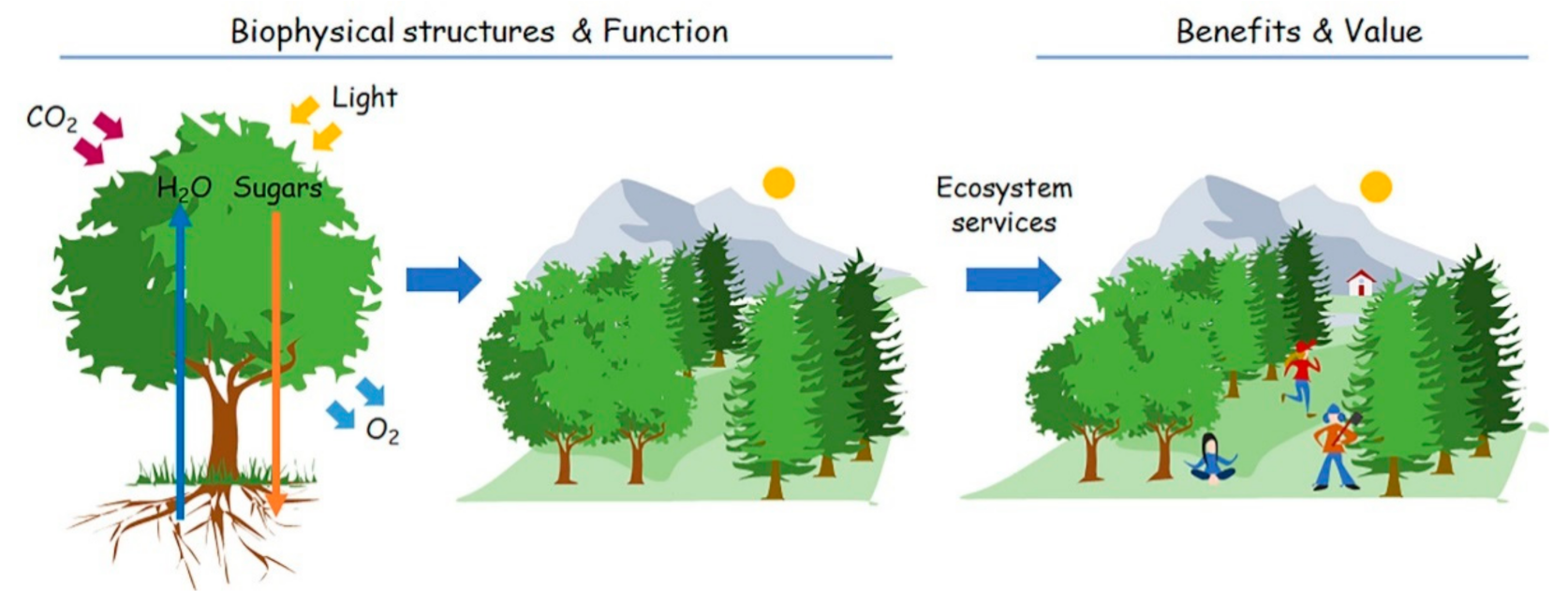
Credit: www.mdpi.com
Case Studies
Discover how rooftop gardens positively impact air quality through our insightful case studies. Explore the effective methods of reducing pollution with green infrastructure solutions. Improve urban environments with innovative rooftop garden designs that enhance air quality naturally.
Successful Rooftop Garden Projects
There have been numerous successful rooftop garden projects that have demonstrated the positive impact these green spaces can have on air quality. Let’s take a closer look at a few notable case studies:
Impact On Surrounding Air Quality
Vancouver Convention Centre’s Living Roof. This 2.4-hectare green space is covered with over 400,000 indigenous plants and acts as a natural air filter for the surrounding area. The plants absorb pollutants from the air, such as carbon dioxide and particulate matter, while releasing oxygen. This natural process helps to improve air quality and create a healthier environment for visitors and locals alike.
In New York CityBrooklyn Grange Farm Rooftop is another prime example of how rooftop gardens can positively impact air quality. This 2.5-acre urban farm not only produces fresh, locally grown food but also helps to combat air pollution in the city. The plants on the rooftop absorb air pollutants, such as nitrogen dioxide, and produce oxygen, resulting in cleaner and fresher air for the surrounding area.
Another noteworthy case study is the Green Farm Rooftop Garden in Tokyo, Japan. This innovative rooftop garden utilizes a variety of plants, including moss, to improve air quality in the densely populated city. The plants help to filter out harmful toxins from the air, such as volatile organic compounds (VOCs), and release clean oxygen. This rooftop garden serves as a natural air purifier, creating a healthier and more pleasant environment for local residents.
Demonstrating The Power Of Rooftop Gardens
These case studies clearly demonstrate the power of rooftop gardens in improving air quality. By incorporating green spaces into urban environments, we can create natural air filters that absorb pollutants and release oxygen. The result is cleaner, fresher air for cities and a healthier environment for everyone. Rooftop gardens not only beautify city landscapes but also provide tangible benefits for both human and environmental health.
Benefits Beyond Air Quality
Rooftop gardens play a pivotal role in ameliorating air quality by acting as natural air purifiers. The plants in these gardens effectively remove pollutants and CO2 from the air, minimizing the impact of urban pollution. The green vegetation also helps in reducing the urban heat island effect, thereby cooling the air and enhancing overall air quality in cities.
Benefits Beyond Air Quality
Rooftop gardens offer benefits beyond improving air quality. They act as vital green spaces in urban areas. Here are some additional advantages:
Enhancing Biodiversity
Rooftop gardens contribute to biodiversity by providing habitats for various plant and animal species. The diverse plant life in these gardens attracts insects, birds, and other wildlife, creating a micro-ecosystem in urban environments.
Improving Urban Aesthetics
Rooftop gardens enhance the visual appeal of urban landscapes, adding greenery to otherwise concrete-dominated city skylines. The visual impact of lush, green rooftop spaces creates a calming and serene atmosphere in bustling city centers.
In addition to purifying the air, rooftop gardens support biodiversity and improve urban aesthetics, contributing to a more sustainable and pleasant urban environment.
Challenges And Solutions
Rooftop gardens play a crucial role in enhancing urban air quality; however, their implementation comes with its set of challenges. Understanding these challenges and exploring innovative solutions is essential for maximizing the benefits of rooftop gardens.
Issues With Rooftop Gardens Implementation
Implementing rooftop gardens in urban environments faces several obstacles, including limited rooftop space, structural load limitations, and cost constraints. Adequate irrigation, accessibility, and maintenance are also significant concerns. In addition, variations in local climate and building regulations further complicate the process.
Innovative Approaches To Overcome Challenges
To address the challenges, innovative techniques such as lightweight soil and modular green roofing systems can be employed to reduce the structural load. Utilizing advanced irrigation systems, such as drip irrigation or smart sensor technology, can help optimize water usage. Furthermore, green roof incentives and policies are being introduced to encourage and support rooftop garden implementation.
Community Engagement
When it comes to improving air quality in urban areas, engaging the community is crucial. Rooftop gardens provide an excellent opportunity for community involvement and participation in initiatives aimed at promoting cleaner air. By involving residents in rooftop garden projects, educational programs, and activities focused on air quality, we can make a positive impact on the overall well-being of our communities.
Involving Residents In Rooftop Garden Initiatives
When residents actively participate in rooftop garden initiatives, they develop a sense of ownership and pride in their community. Involving them from the start can be achieved through various methods:
- Organizing community meetings to gather opinions, ideas, and suggestions
- Encouraging residents to volunteer their time and skills in designing and maintaining the rooftop garden
- Providing opportunities for residents to contribute financially through fundraising events
- Creating a platform for residents to share their personal experiences and success stories
By involving residents in rooftop garden initiatives, we foster a sense of community and encourage active participation towards improving air quality.
Educational Programs On Air Quality
Educating the community about air quality and its importance is crucial for long-term sustainability. Through educational programs, residents can gain a deeper understanding of the benefits of rooftop gardens in improving air quality. Some effective ways to implement educational programs include:
- Hosting workshops and seminars on topics such as urban gardening, air pollution, and sustainable living
- Collaborating with local schools and colleges to incorporate air-quality education into the curriculum
- Organizing guided tours and demonstrations of rooftop gardens to showcase their impact on air quality
By providing educational programs on air quality, we empower residents with knowledge and equip them to make informed decisions that contribute to cleaner and healthier environments.
Future Outlook
The future outlook for rooftop gardens in improving air quality is promising. As we look ahead, the Role of Rooftop Gardens in Sustainable Urban Development and Technological Advancements in Urban Air Quality Improvement will play pivotal roles in creating healthier environments in our cities.
Role Of Rooftop Gardens In Sustainable Urban Development
Rooftop gardens contribute to sustainable urban development by providing green spaces that absorb air pollutants, reduce the urban heat island effect, and promote biodiversity in cities.
Technological Advancements In Urban Air Quality Improvement
Advanced technologies such as vertical gardens, green walls, and smart irrigation systems are enhancing the effectiveness of rooftop gardens in filtering pollutants and improving air quality in urban areas.
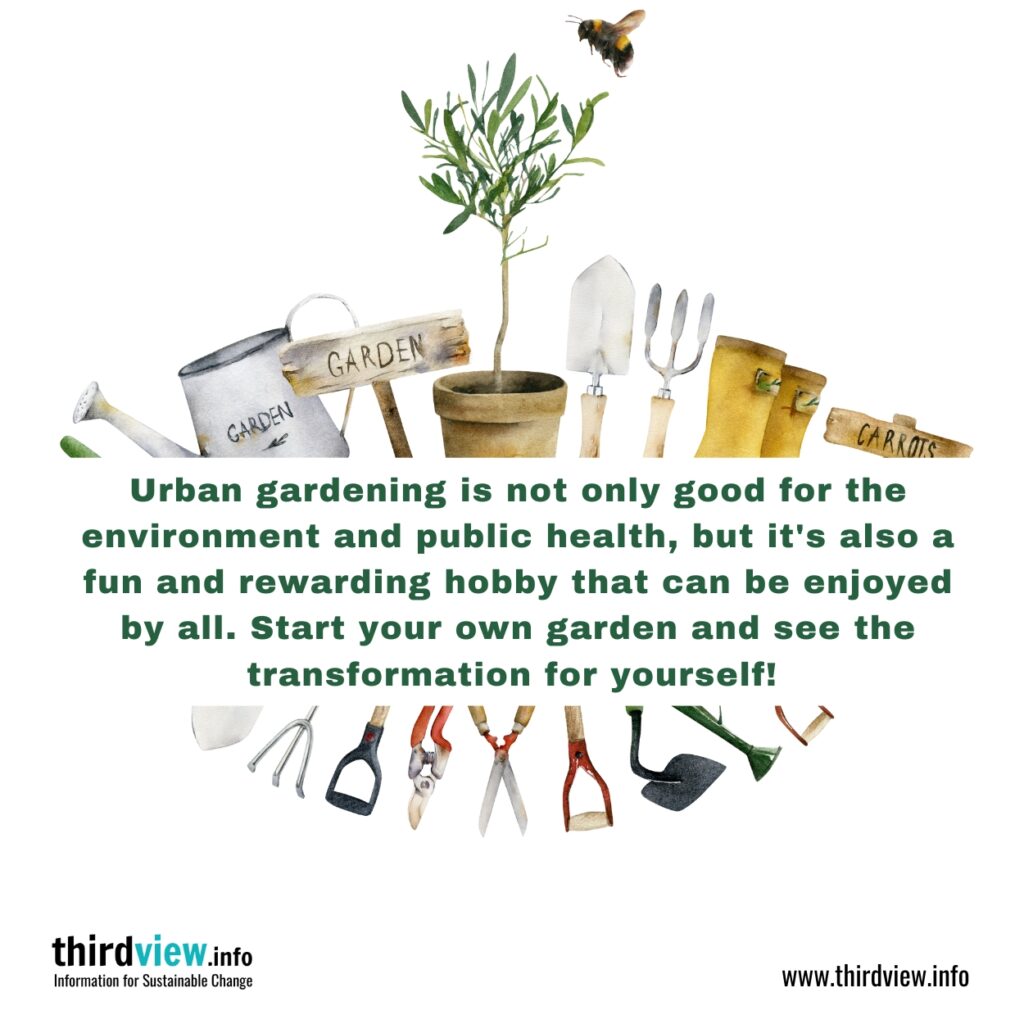
Credit: thirdview.info
Frequently Asked Questions Of How Do Rooftop Gardens Improve Air Quality
How Do Rooftop Gardens Improve Air Quality?
Rooftop gardens improve air quality by reducing carbon dioxide levels and filtering pollutants with plant photosynthesis.
What Types Of Plants Are Suitable For Rooftop Gardens?
Plants suitable for rooftop gardens include sedums, grasses, herbs, and flowering perennials, often chosen for their hardy nature and ability to thrive in harsh conditions.
Can Rooftop Gardens Help Reduce Urban Heat Island Effect?
Yes, rooftop gardens can help reduce the urban heat island effect by providing insulation, shade, and evapotranspiration, lowering surrounding temperatures.
How Do Rooftop Gardens Contribute To Biodiversity In Cities?
Rooftop gardens contribute to urban biodiversity by providing habitats for insects, birds, and small mammals, enhancing ecological balance in city environments.
Conclusion
Rooftop gardens offer a simple yet effective solution to improving air quality. By absorbing carbon dioxide and releasing oxygen, these green spaces help to reduce pollution and combat the effects of urbanization. The plants and vegetation act as natural air filters, removing harmful pollutants from the atmosphere.
Not only do rooftop gardens enhance the aesthetic appeal of buildings, but they also contribute to creating a healthier and greener environment for all. Make the most of this ingenious idea to enjoy cleaner air and a more sustainable future.


